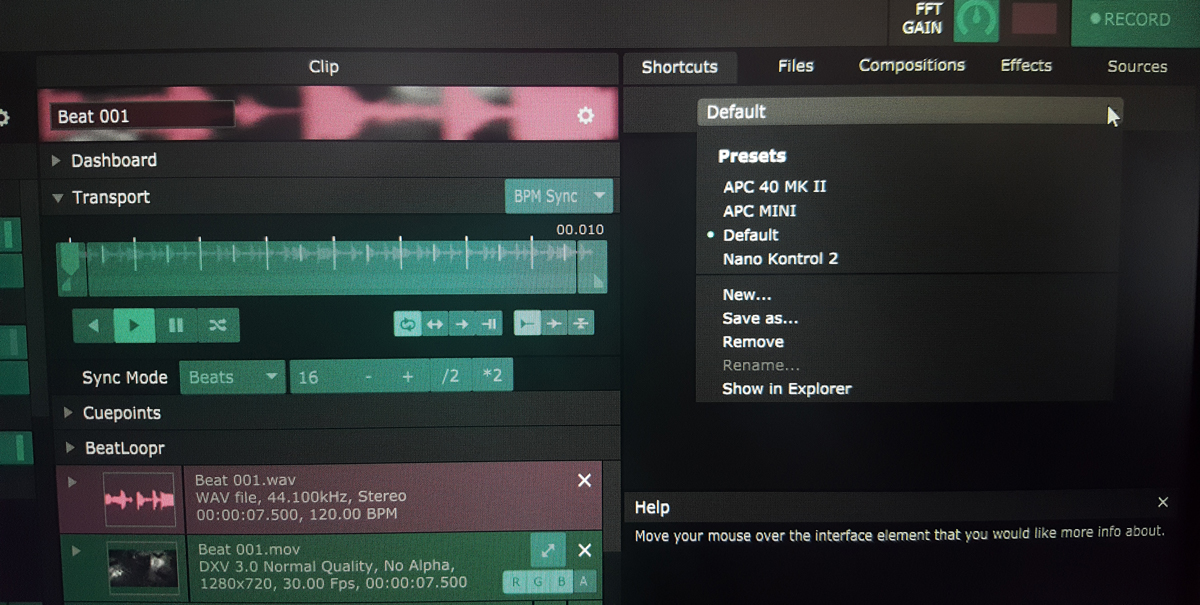



If you injure yourself while running, stop immediately.Choose well-lit, populated routes and avoid dangerous and isolated areas.Tell someone where you plan to run and when you think you'll be back.Wear reflective materials if you're running in the early morning or at night.If using an iPod or headset, do not have the music too loud – stay alert and aware.Drink plenty of water before, during and after your run.Avoid running during the hottest part of the day in summer.Avoid eating directly before going for a run.Make sure you eat a healthy, well-balanced diet.Health and safety suggestions with running and jogging When buying the shoes, wear the socks you intend to wear while running.Your foot will splay as it impacts with the ground. The running shoe should bend easily, feel comfortable and have a wedge of shock-absorbing material in the heel.Poorly fitted shoes are a common cause of injuries. Issues to consider when choosing running shoes include:
CAN YOU RUN RESOLUME 5 AND 6 AT ONCE SKIN
Apply SPF 50+ sunscreen to exposed skin areas.Dress your upper body in layers of clothing so that you can take off layers as required. If possible, schedule your runs for either the early morning or the evening. Avoid the 'peak hour' periods to reduce your risk of inhaling air pollution from motor vehicles.Vehicle exhaust fumes can increase your risk of various cardiovascular and respiratory complaints or illnesses. This is especially important if you have a pre-existing condition such as asthma. If possible, choose flat, grassy areas rather than hard or loose (such as sandy) surfaces to reduce the risk of injury. Consider other low impact activities, such as swimming, at least once each week. Allow at least two complete rest days per week to avoid overtraining, which may cause injury.Try to drink plenty of water before, during and after any activity. Make sure you have plenty of fluids and take a water bottle with you on your run.Cool your body down with light stretches when you return. Make sure you warm up and stretch thoroughly before you head out.Aim to increase your jogging time each session, and alternate between walking and jogging. Allow a minimum of six weeks to build up to regular running. Print a copy of the pre-exercise screening tool and discuss it with your doctor or exercise professional. It is a filter or ‘safety net’ to help decide if the potential benefits of exercise outweigh the risks for you. Pre-exercise screening is used to identify people with medical conditions that may put them at a higher risk of a experiencing a health problem during physical activity.This is especially important if you are over 40 years, are overweight, have a chronic illness or haven't exercised in a long time. See your doctor for a check-up before you start a running program.Join a local orienteering club to combine running with the challenge of navigating through various environments. Many community-based running events cater for people of all ages and abilities. You can pit your running skills against others in fun runs or marathons. Most clubs have sessions designed for beginners through to advanced runners. Competition – running clubs may offer competitive events.Companionship – you could run with a friend or join a local running club.Cut back on dietary fats, takeaway foods, soft drinks and sugar. Weight loss – adjust your diet to include plenty of fresh fruits and vegetables, lean meats, wholegrain cereals and low-fat dairy products.General fitness – mix your running with other forms of exercise (such as swimming or team sports) to maximise your overall fitness.Getting fit – if you're a beginner, you should start with brisk walking, progress to jogging and work up to running.Think about what you want to achieve from running or jogging. Aerobic means 'with oxygen' – the term 'aerobic exercise' means any physical activity that produces energy by combining oxygen with blood glucose or body fat. Running requires a higher level of overall fitness than jogging.īoth running and jogging are forms of aerobic exercise. Running is faster, uses more kilojoules and demands more effort from the heart, lungs and muscles than jogging. The difference between running and jogging is intensity. help to build strong bones, as it is a weight bearing exercise.Regular running or jogging offers many health benefits. If you are interested in competing with other runners, contact your local running club. Some runners choose to participate in fun runs, athletics races or marathons. Running is an appealing exercise because it doesn't cost a lot to take part and you can run at any time that suits you. About one in five Australians try running (or jogging) at some stage in their life. Jogging or running is a popular form of physical activity.


 0 kommentar(er)
0 kommentar(er)
